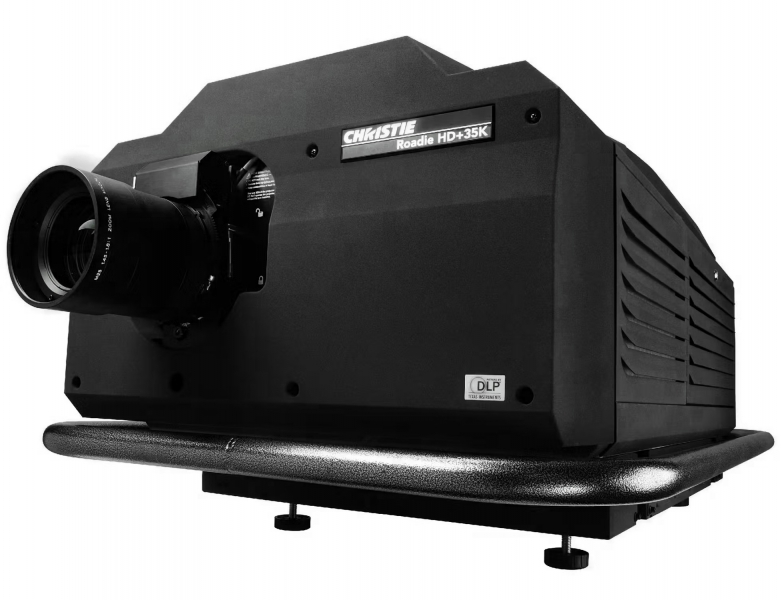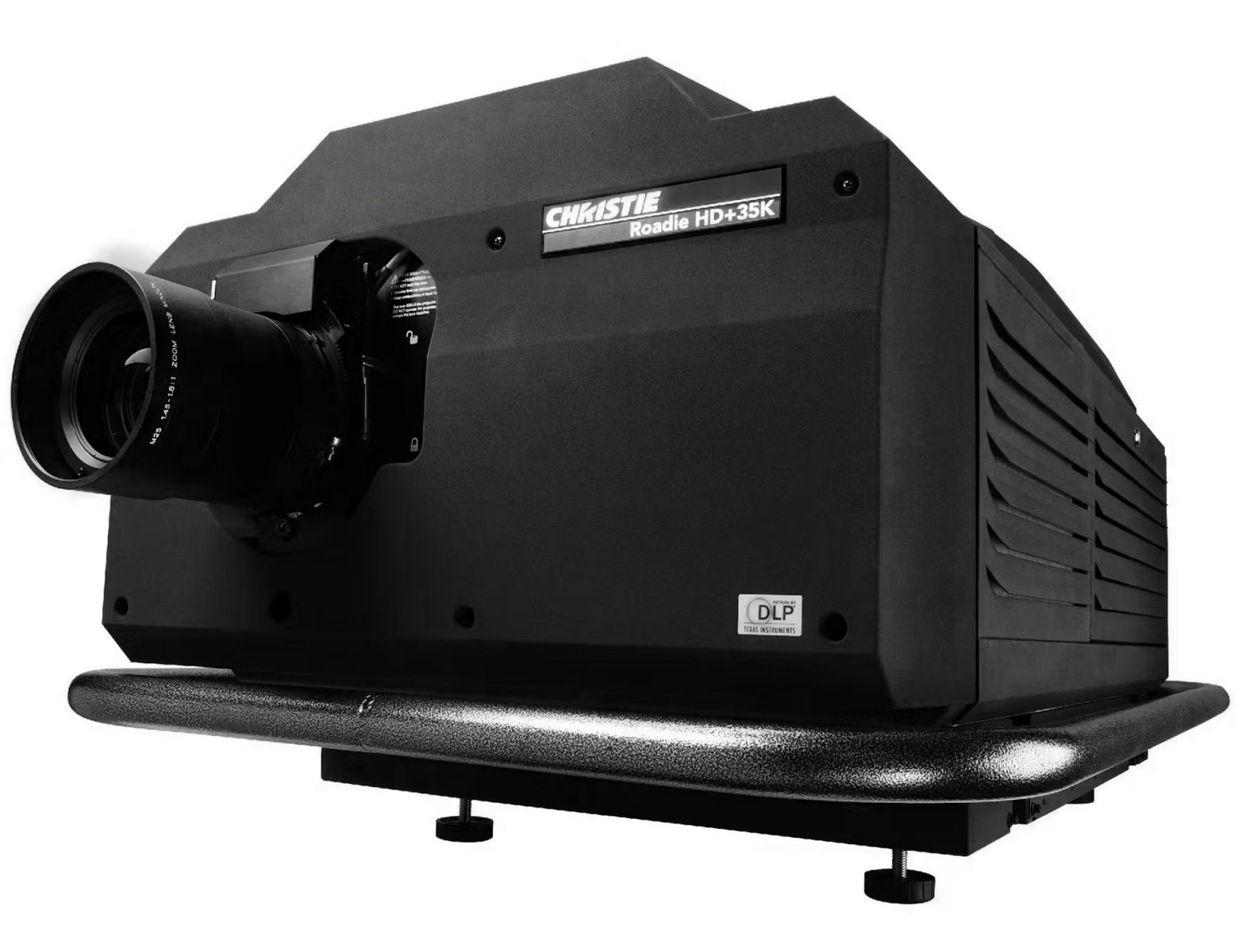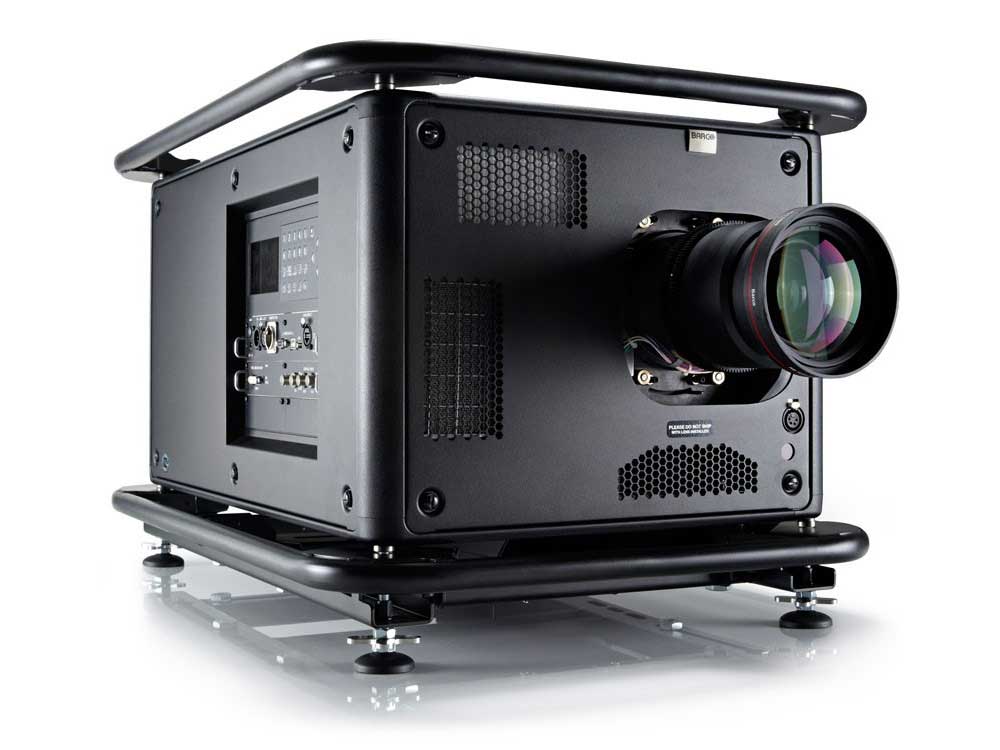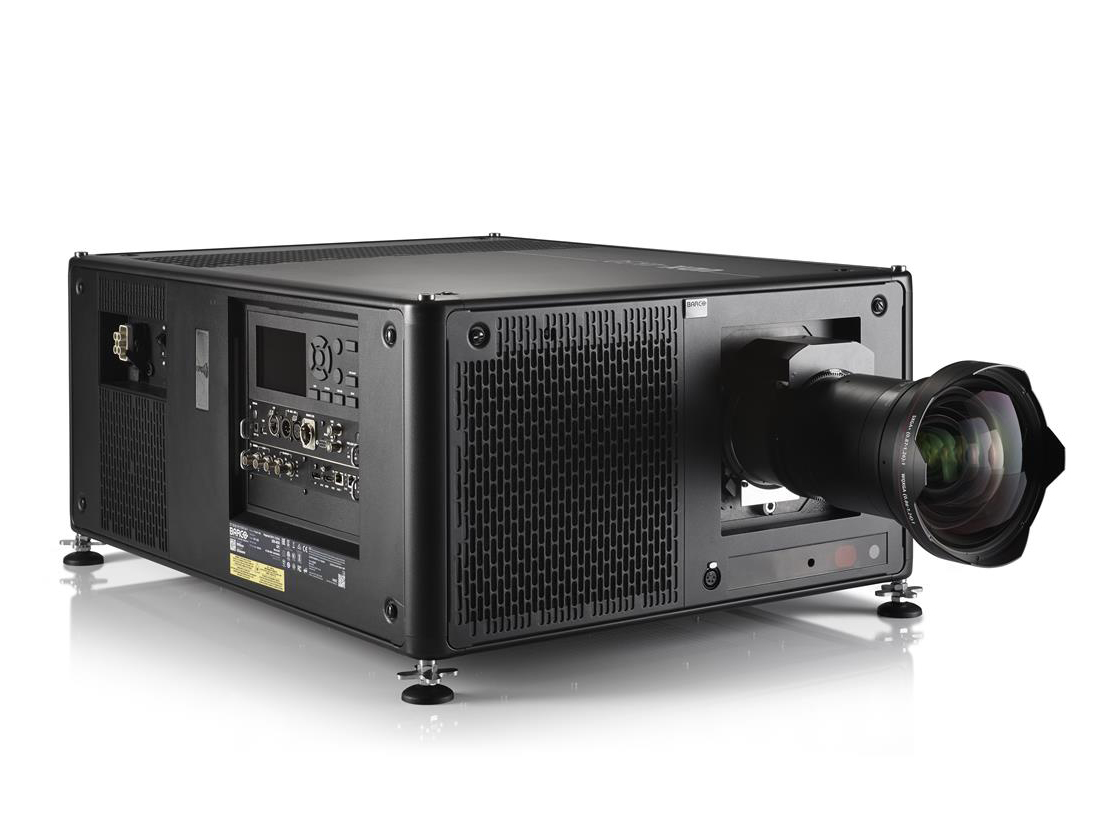SVGA vs XGA-Usedful
09 October 2023

|
Are you in a dilemma when it comes to choosing between SVGA and XGA displays? Well, you've come to the right place! In this article, we will unravel the display dilemma by examining the differences between SVGA and XGA and providing you with the information you need to make an informed decision. SVGA (Super Video Graphics Array) and XGA (Extended Graphics Array) are two commonly used display resolutions. While both offer high-quality visuals, they have key distinctions that can impact your user experience. SVGA, with a resolution of 800x600 pixels, provides a decent level of detail and clarity. It is often more affordable and suitable for general use. On the other hand, XGA boasts a higher resolution of 1024x768 pixels, delivering sharper and more detailed images. This makes it ideal for applications requiring greater visual precision, such as photo editing or gaming. Understanding the differences between SVGA and XGA will help you determine which display is best suited for your specific needs. So, let's dive in and uncover the display dilemma together! Understanding SVGA (Super Video Graphics Array) SVGA, or Super Video Graphics Array, is a display resolution that has been widely used since the 1990s. It offers a resolution of 800x600 pixels, which means the screen is divided into 800 horizontal pixels and 600 vertical pixels. This results in a total of 480,000 pixels, providing a decent level of detail and clarity. One of the main advantages of SVGA is its affordability. Compared to higher resolution displays, SVGA monitors are often more budget-friendly, making them accessible to a wider range of users. This makes SVGA a popular choice for general use, such as web browsing, document editing, and basic multimedia playback. However, SVGA does have its limitations. The lower resolution means that individual pixels are more visible, which can result in slightly less sharp images compared to higher resolution displays. This may not be noticeable for everyday tasks, but for applications requiring greater visual precision, such as photo editing or gaming, the limitations of SVGA may become more apparent. In conclusion, SVGA offers a decent level of detail and affordability, making it a suitable choice for general use. However, if you require higher visual precision or plan to engage in activities that demand sharper images, you may want to consider XGA as a more suitable option. Understanding XGA (Extended Graphics Array) XGA, or Extended Graphics Array, is a display resolution that offers higher visual quality compared to SVGA. With a resolution of 1024x768 pixels, XGA provides more pixels on the screen, resulting in sharper and more detailed images. The increased resolution of XGA allows for a greater level of detail and clarity, making it ideal for tasks that require high visual precision. For example, if you are a photographer or graphic designer, the higher resolution of XGA can greatly enhance your editing experience. Similarly, gamers can benefit from XGA displays, as the increased clarity can enhance the overall gaming experience. Another advantage of XGA is its compatibility with a wide range of devices. XGA displays can be found in laptops, projectors, and some older desktop monitors. This makes it easier to find compatible devices and ensures that you can enjoy the benefits of XGA across different platforms. However, it is important to note that XGA displays may come at a higher price compared to SVGA displays. The increased resolution and improved visual quality often result in a higher cost. Additionally, XGA displays may consume more power, which can impact battery life for laptops and other portable devices. In summary, XGA offers higher resolution, sharper images, and greater visual precision compared to SVGA. It is well-suited for tasks that require high-quality visuals, such as photo editing or gaming. However, the higher cost and potential impact on battery life should be considered when deciding between SVGA and XGA. |
 |
|
Differences between SVGA and XGA SVGA and XGA may seem similar at first glance, but they have distinct differences that can impact your overall user experience. Let's explore some of these differences in more detail: Resolution: The most obvious difference between SVGA and XGA is the resolution. SVGA has a resolution of 800x600 pixels, while XGA boasts a higher resolution of 1024x768 pixels. This means that XGA displays can fit more pixels on the screen, resulting in sharper and more detailed images. Visual Quality: Due to the higher resolution, XGA displays generally offer better visual quality compared to SVGA displays. The increased pixel density of XGA results in crisper and more vibrant images, making it a preferred choice for tasks that demand high visual precision. Affordability: SVGA displays are often more affordable compared to XGA displays. The lower resolution of SVGA makes it a budget-friendly option that can still provide decent visual quality for general use. On the other hand, XGA displays tend to be pricier due to their higher resolution and improved visual performance. Compatibility: XGA displays are more commonly found in laptops, projectors, and some older desktop monitors. This wide availability makes it easier to find compatible devices and ensures that you can enjoy the benefits of XGA across different platforms. SVGA displays, while still commonly used, may not be as readily available in newer devices. Power Consumption: XGA displays may consume more power compared to SVGA displays. The increased resolution and improved visual performance require more resources, which can impact battery life for laptops and other portable devices. If battery life is a concern, SVGA displays may be a more suitable option. Pros and Cons of SVGA Like any display resolution, SVGA has its own set of advantages and disadvantages. Let's take a closer look at the pros and cons of SVGA: Pros of SVGA: Affordability: SVGA displays are often more budget-friendly compared to higher resolution options. This makes them accessible to a wider range of users and a popular choice for general use. Decent Visual Quality: Despite the lower resolution, SVGA displays still offer a decent level of detail and clarity. For everyday tasks like web browsing and document editing, the visual quality of SVGA is more than sufficient. |
 |
|
Cons of SVGA: Less Sharp Images: Due to the lower resolution, individual pixels are more visible on SVGA displays. This can result in slightly less sharp images compared to higher resolution displays, which may be more noticeable for tasks that require greater visual precision. Limited Compatibility: While still commonly used, SVGA displays may not be as readily available in newer devices compared to XGA displays. This can limit your options when it comes to finding compatible devices. Pros and Cons of XGA Now let's explore the pros and cons of XGA, the higher resolution display option: Pros of XGA: Higher Visual Precision: XGA displays offer a higher resolution, resulting in sharper and more detailed images. This is particularly beneficial for tasks that demand high visual precision, such as photo editing or gaming. Wide Compatibility: XGA displays can be found in laptops, projectors, and some older desktop monitors. This means that you can enjoy the benefits of XGA across different platforms and find compatible devices more easily. Cons of XGA: Higher Cost: The increased resolution and improved visual quality of XGA displays often come at a higher price compared to SVGA displays. If budget is a concern, the cost of XGA displays may be a limiting factor. Power Consumption: XGA displays may consume more power compared to SVGA displays. This can impact battery life for laptops and other portable devices. If you require longer battery life, SVGA displays may be a more suitable option. Choosing Between SVGA and XGA for Different Applications Now that we have explored the differences, pros, and cons of SVGA and XGA, let's discuss how to choose between the two for different applications: General Use: If you primarily use your display for everyday tasks like web browsing, document editing, and basic multimedia playback, SVGA is a suitable choice. Its affordability and decent visual quality make it an accessible option for general use. Photo Editing and Graphic Design: For tasks that require high visual precision, such as photo editing or graphic design, XGA is the preferred option. The higher resolution and improved visual quality of XGA displays will greatly enhance your editing experience. Gaming: Gamers can benefit from the sharper and more detailed images offered by XGA displays. The increased visual precision can enhance the overall gaming experience, especially in games that rely on fine details. Budget Considerations: If budget is a concern, SVGA displays are a more affordable option compared to XGA displays. Consider your budget constraints and weigh them against the specific requirements of your applications. Compatibility: While both SVGA and XGA are widely used, XGA displays are more commonly found in newer devices. Consider the compatibility of your display with other devices, such as laptops or projectors, to ensure seamless integration. Conclusion: Making an Informed Decision In conclusion, choosing between SVGA and XGA displays requires understanding the differences and considering your specific needs. SVGA offers a decent level of detail and affordability, making it suitable for general use. On the other hand, XGA provides higher resolution and improved visual quality, making it ideal for tasks that demand high visual precision. Consider the pros and cons of each display resolution, along with your budget and specific application requirements, to make an informed decision. Whether you opt for SVGA or XGA, both displays offer high-quality visuals that can enhance your overall user experience. So, next time you find yourself in a display dilemma, remember the differences between SVGA and XGA and choose the display that best suits your needs. Happy computing! |
 |
